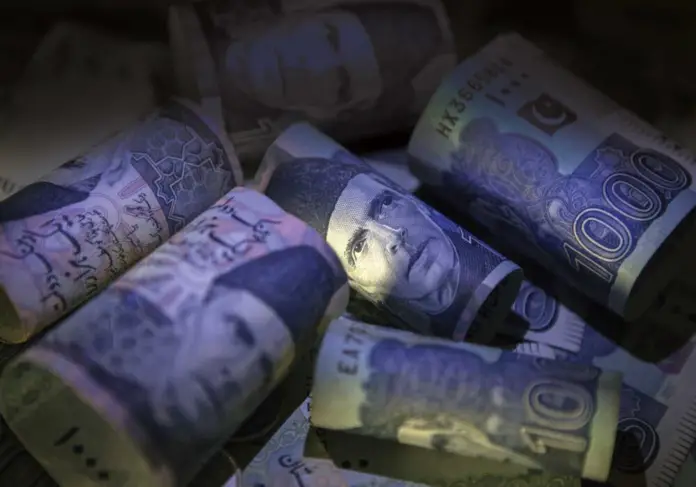Economic conditions in Pakistan have been worsening due to the fast depleting foreign exchange reserves against increasing external debt services.
Despite a $2.3 billion inflow from China, State Bank of Pakistan’s foreign exchange reserves have fallen to a single digit (in billions). External debt servicing in the first three quarters of 2021-22 has risen to $10.886 billion compared with $13.38 billion for the entire fiscal year 2021. The debt services remained at $1.653 billion in first quarter of fiscal year 2022 compared to first quarter of fiscal year 2021 at $3.51 billion; in second quarter of fiscal year 2022 it jumped to $4.357 billion and moved further to $4.875 billion in the third quarter of fiscal year 2022.
Government’s buying of dollars at higher rates to meet foreign debt repayment obligations has been the cause of increasing foreign debt servicing. However the coalition government led by Pakistan Muslim League-Nawaz (PML-N) has not disclosed anything about the rate at which $2.3 billion was borrowed from China.
The financial sector, along with other economic stakeholders, has been concerned over the hidden cost of the Chinese loan speculating as very high rate.
On the other hand, bankers have been concerned over repeated assurances from the government and finance minister about the $1 billion tranche from the International Monetary Fund (IMF) for the past three months but no satisfactory reply yet has been received.
Economists have said that the reason the Chinese had lent the money at a very high rate was because it was aware that IMF was not in a hurry to help Islamabad and Pakistan was unable to return to the international debt market.
Moreover, due to the delayed funding from the IMF, Pakistan is not getting any funding from the World Bank (WB) and the Asian Development Bank (ADB).







